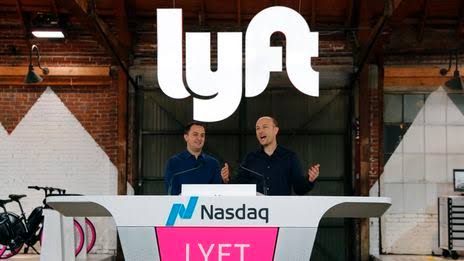Lyft introduced its first-ever Driver Autonomous Forum on Thursday, a new initiative designed to engage seasoned drivers in shaping key strategies as the company begins integrating robotaxis into its ride-hailing service.
The move comes as self-driving technology continues to disrupt the ride-hailing industry.
READ ALSO:110 Associations Apply For Registration As Political Parties In Nigeria
While robotaxis promise increased efficiency and lower costs, they also threaten the livelihoods of gig workers who rely on platforms like Lyft and larger rival Uber for income.
Analysts and experts have warned that without a slow and phased rollout, robotaxis could displace large segments of the workforce.
Over the weekend, Tesla recently deployed a small number of self-driving Model Y SUVs as robotaxis in Austin, Texas, ferrying paying passengers in selected section of the city.
The forum will convene drivers during key moments of robotaxi expansion to provide input on policy, planning, and future job opportunities such as remote vehicle support and fleet management.
The inaugural session will include six to eight Atlanta-based drivers and coincide with Lyft’s upcoming autonomous ride launch with May Mobility this summer in the city.
Companies like Alphabet’s Waymo and Uber have already made significant strides in the robotaxi space.
Waymo has expanded its fully autonomous ride service in Phoenix and San Francisco, while Uber has partnered with several self-driving technology companies to operate driverless taxis in some markets.
Lyft expects its ride-hailing fleet to become a hybrid of human drivers and robotaxis as the technology becomes more widely available.
“We don’t claim to have all the answers, but we’re committed to finding solutions together,” said Jeremy Bird, executive vice president of Driver Experience at Lyft.
